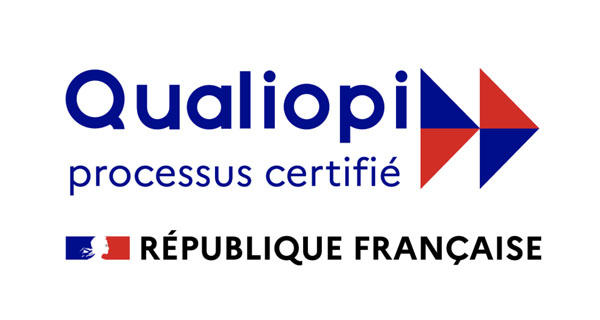Food for Thought
How to prevent burnout?
How to prevent burn-out?
We sometimes come across people on the verge of burn-out in the course of our coaching work. I have a poignant anecdote on this subject: that of a man who, during an act of development, declared: “I would be ready to sacrifice everything for my work”. I can still remember the expression on his face when his words were returned to him…
By the way, what is burn-out?
Burn-out, a syndrome of physical and psychological exhaustion, is the final stage of chronic work-related stress… which has not been managed in time. It is characteristic of people with a committed and/or perfectionist nature. Because, as Richard often says, we all have the defects of our qualities…
In my opinion, the causes of burn-out are both internal AND external. They are both linked to an individual’s shortcomings AND to excesses in collective demand. In the same way, I believe that lasting solutions can only be found individually and collectively.
The beginnings of a burn-out manifest themselves as follows: when the VERY becomes TOO MUCH and/or the FEW becomes NOT ENOUGH: too much load, too much pressure, too many action plans, too much too much… and not enough time, not enough prioritization, not enough support, too much not enough…
What are the keys to preventing burn-out?
In my opinion, the 1st key to preventing burn-out is a good understanding of ourselves, our needs and our warning signs, those subtle behaviours – such as difficulties in delegating or a tendency to see only what’s wrong – which, when they become long-lasting and intense, can gradually lead us to burn-out when we are in a (too) demanding professional environment.
The 2nd is to build caring teams where people know each other well and are attentive to each other. So, when a member of the collective is in difficulty, the collective can offer support, which will be all the easier if a spirit and practices of co-development are established.
And how can MMAPPER help prevent burn-out?
As an individual positioning tool, MMAPPER enables an individual to visualize the fact that he/she is no longer in balance, or even in danger of breaking down, when he/she positions him/herself at one or other of the extremes – on the TOO much or NOT ENOUGH side of the cursor. And once it has been appropriated as a tool for personal and professional development, MMAPPER then enables the individual to define relevant objectives and implement concrete actions, if necessary with the support of the collective.
Géraldine Berruto



